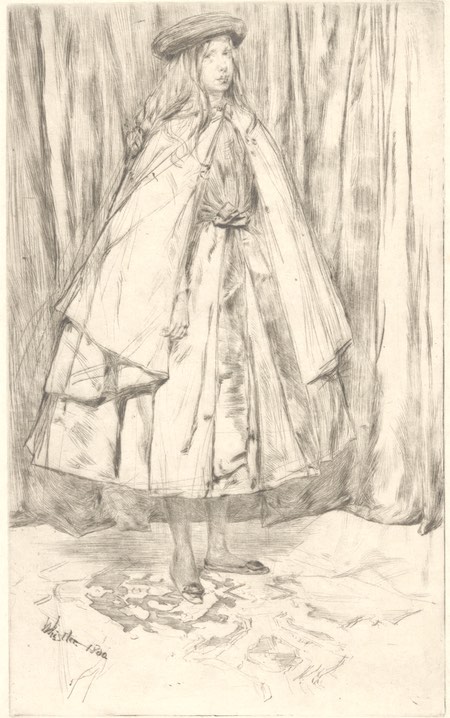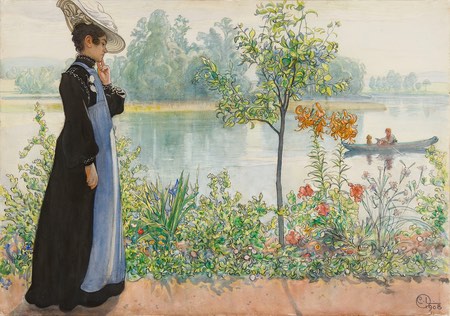

The Princess looks into that which she should not have done., from Mother Hildegarde, part of The Wonder Clock, a collection of new fairy tales with pen and ink illustration by Howard Pyle. I don’t know the size of location of the original (though I can hope it’s in the collection of the Brandywine River Museum).
Image sourced from this page on the Art & Artists blog.
Pyle was famous for his illustrations of great American adventure stories by prominent authors, but he was an author himself. He wrote and illustrated a wonderful collection of 24 new (at the time) fairy tales, one for each hour of the day. This was one of the illustrations for one of the stories.
If you look on Amazon, you’ll get the impression that the book is out of print, but not so. You can order it directly from the Dover Publications website.
Related posts:
Lines and Colors search: Howard Pyle









